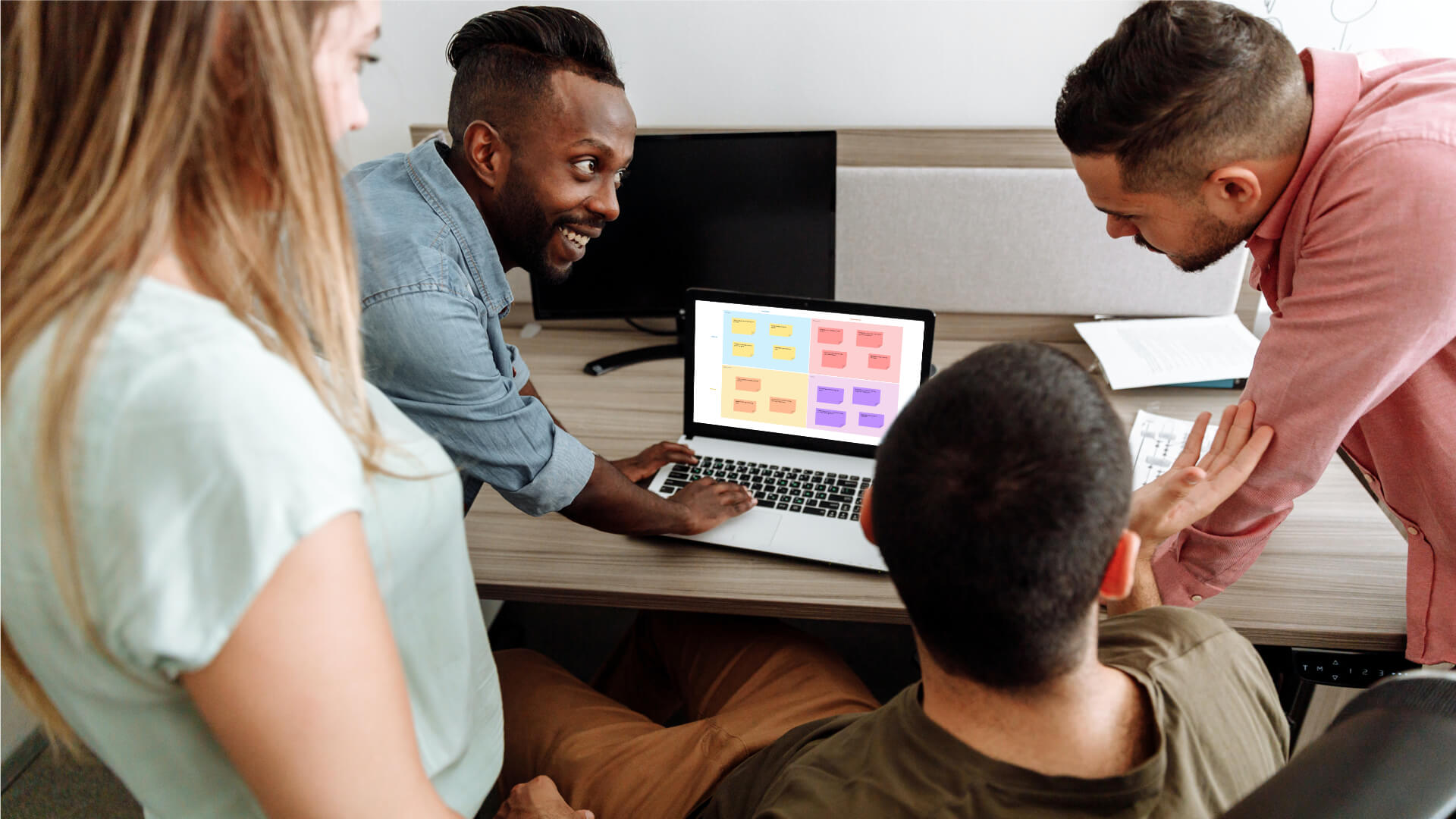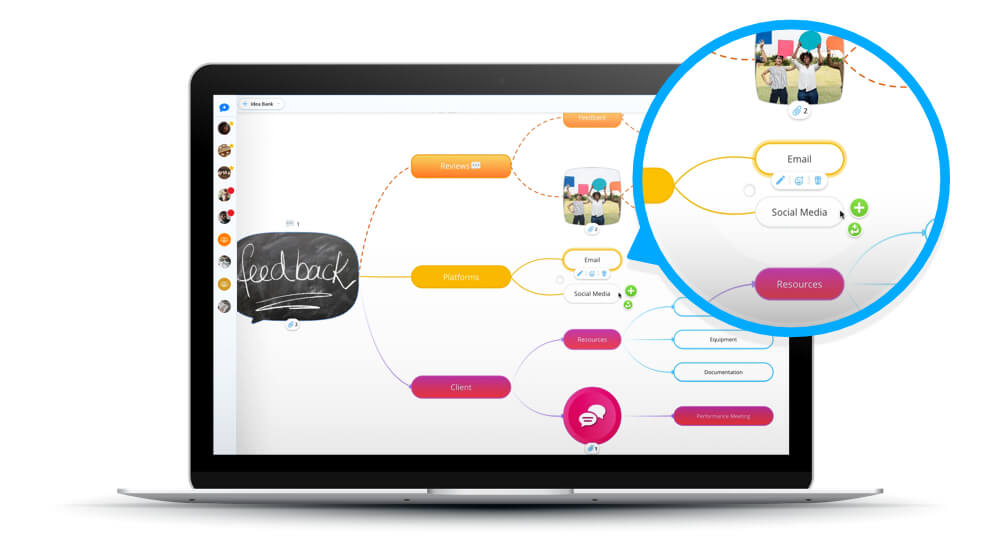October 21, 2021
Understanding and Supporting ADHD in the Workplace

ADHD (Attention-Deficit / Hyperactivity Disorder) is a neurological difference which is frequently misunderstood. People even use the term, incorrectly, as shorthand for wild or disruptive behavior. The language we use matters, and this flippant misapplication of ADHD as a term can lead to damaging and inaccurate stereotypes.
These stereotypes can be especially damaging when it comes to the workplace, leading to stigma and discrimination. People might think that employees with ADHD will be inattentive or distracting, overlooking the many positive attributes ADHD employees bring to work teams. As it’s ADHD awareness month 2021, it’s time to move past reductive and troubling mischaracterizations of the condition and begin, instead, understanding ADHD and how it can be supported in the workplace.
ADHD doesn’t only impact children
Many people tend to think of children when they think of ADHD; there is a persisting misconception of this condition as something which ends in adulthood. And while this is true for some people who had ADHD in childhood, new statistics suggest that it has a lifetime prevalence of 8.3% with 60% of children with onset ADHD continuing to show symptoms well into adulthood. This is important to understanding the disorder, as remarking on the fact it’s unusual to meet adults with ADHD can feel infantilizing. As they say, knowledge is power. And so too is ADHD – while there are undeniably challenges that come with ADHD, there are also many wins such as increased aptitude for creativity, an energy and enthusiasm which makes employees with ADHD great leaders and, despite the stereotype, an ability to hyperfocus which can make individuals with ADHD incredibly productive and efficient workers.
Establish the best working environment
As employees with ADHD may struggle with symptoms such as restlessness and short attention spans, in order to better support them, businesses should therefore strive to create optimal working environments that allow ADHD employees to do their best work. This can be established by ensuring that breaking all tasks into manageable chunks is best practice across the board. Nobody can focus for eight hours a day without break, so by encouraging regular breaks and giving employees small, manageable tasks rather than large overwhelming ones, you can support employees with ADHD as well as the rest of your workforce. Another important part of an ADHD-friendly workplace is empathy, understanding and tolerance. People who are neurodivergent, like those with ADHD, don’t always engage with work in the same way as neurotypical people, by being open-minded and flexible you can create a work environment that is inclusive of everyone.
Make everyday organization simple
Staying organized and on task can be a challenge for those with ADHD at the best of times, and expecting them to work in convoluted or mutli-facted ways can only exacerbate that. Spreadsheets have become a mainstay of daily work, and while for many they are unengaging, for some ADHD employees they can be borderline impossible to work with. Equally, delegating to ADHD employees through a number of avenues – such as via email, over instant messenger, and verbally – can make it difficult for them to collate and prioritize work. Instead, opt for a universally accessible work tool which can become a one-stop-shop for organization which is effective for both neurodivergent employees and neurotypical ones. A visual tool like Ayoa offers added engagement for not only employees with ADHD but also those with other neurological differences such as dyslexia by displaying information in a variety of ways, rather than solely textually. Implementing a tool like this means supporting neurodivergence without alienating those with neurological differences, in others words – a win-win!

The neuro-inclusive collaborative digital workspace
Ayoa is a neuro-inclusive digital workspace that allows individuals to work the way which their brain likes alongside others. Visual mind maps, flexible task management, intuitive whiteboards and more all adapt for neurodiversity to thrive.
Try it for free
